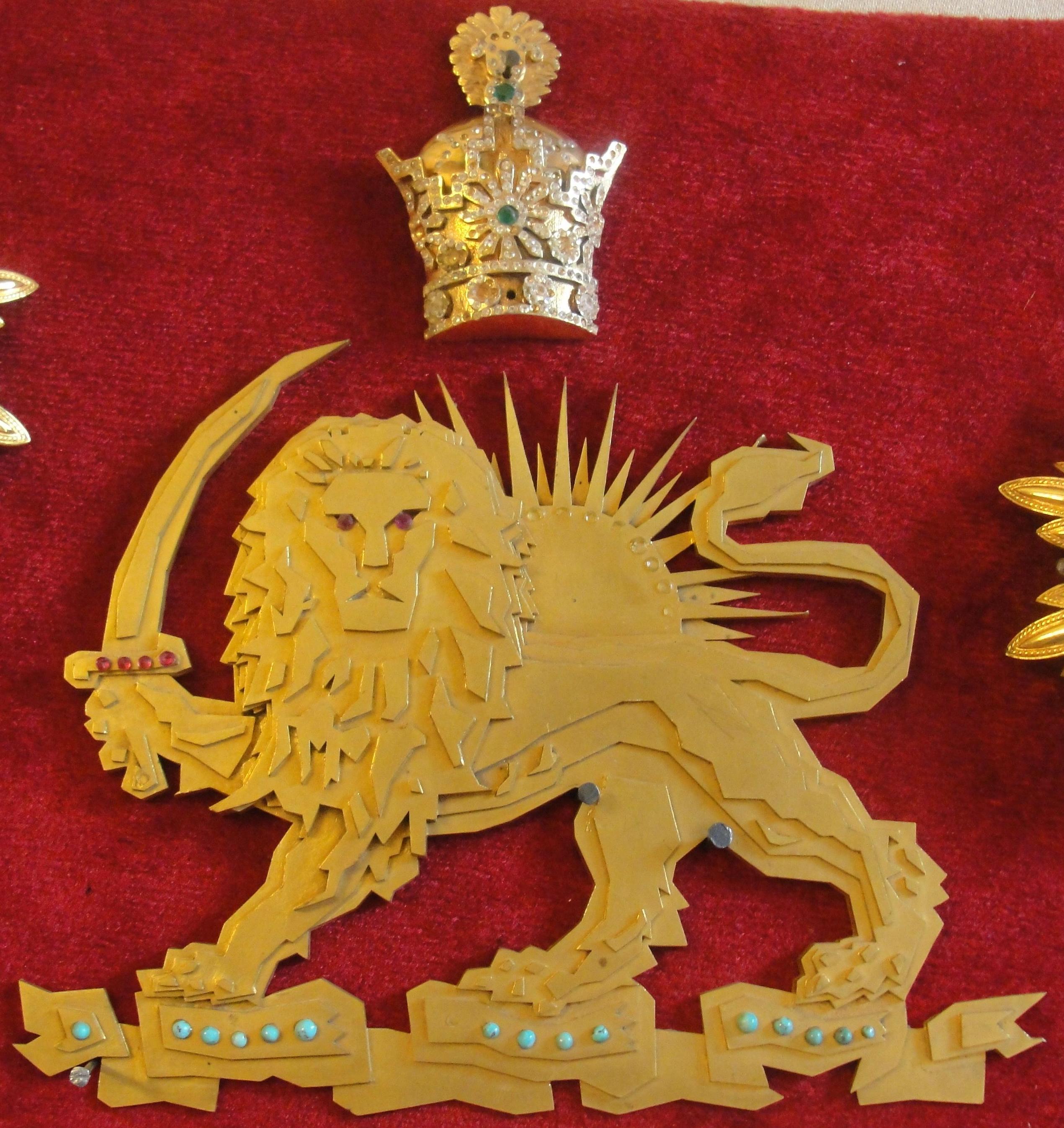Hvare-khshaeta on:
[Wikipedia]
[Google]
[Amazon]
 Hvare-khshaeta (', ') is the
Hvare-khshaeta (', ') is the
Avestan language
Avestan (), or historically Zend, is an umbrella term for two Old Iranian languages: Old Avestan (spoken in the 2nd millennium BCE) and Younger Avestan (spoken in the 1st millennium BCE). They are known only from their conjoined use as the scrip ...
name of the Zoroastrian
Zoroastrianism is an Iranian religion and one of the world's oldest organized faiths, based on the teachings of the Iranian-speaking prophet Zoroaster. It has a dualistic cosmology of good and evil within the framework of a monotheistic ...
''yazata
Yazata ( ae, 𐬫𐬀𐬰𐬀𐬙𐬀) is the Avestan word for a Zoroastrian concept with a wide range of meanings but generally signifying (or used as an epithet of) a divinity. The term literally means "worthy of worship or veneration",.. and i ...
'' (divinity) of the "Radiant Sun."
Avestan ''Hvarə-xšaēta'' is a compound in which ''hvar'' "sun" has ''xšaēta'' "radiant" as a stock epithet. Avestan ''hvar'' derives from Proto-Indo-Iranian ''*súHar'' "sun", from which the Vedic Sanskrit
Vedic Sanskrit was an ancient language of the Indo-Aryan subgroup of the Indo-European language family. It is attested in the Vedas and related literature compiled over the period of the mid- 2nd to mid-1st millennium BCE. It was orally preser ...
theonym '' Surya'' also derives. In Middle Persian
Middle Persian or Pahlavi, also known by its endonym Pārsīk or Pārsīg () in its later form, is a Western Middle Iranian language which became the literary language of the Sasanian Empire. For some time after the Sasanian collapse, Middle ...
, ''Hvare-khshaeta'' was contracted to ''Khwarshēd'', continuing in New Persian as ''Khurshēd''/''Khorshīd'' (''cf.'' a similar contraction of Avestan ''Yima-khshaeta'' as '' Jamshid'').
The short seven-verse 6th ''Yasht
The Yashts are a collection of twenty-one hymns in the Younger Avestan language. Each of these hymns invokes a specific Zoroastrian divinity or concept. ''Yasht'' chapter and verse pointers are traditionally abbreviated as ''Yt.''
Overview
The wor ...
'' is dedicated to Hvare-khshaeta, as is also the Avesta's litany to the Sun. The 11th day of the Zoroastrian calendar
Adherents of Zoroastrianism use three distinct versions of traditional calendars for liturgical purposes, all derived from medieval Iranian calendars and ultimately based on the Babylonian calendar as used in the Achaemenid empire.
''Qadimi'' ...
is dedicated to and is under the protection of Hvare-khshaeta. Although in tradition Hvare-khshaeta would eventually be eclipsed by Mitra as the divinity of the Sun (this is attributed to "late" syncretic influences, perhaps to a conflation with Akkadian Shamash), in scripture the Sun is still unambiguously the domain of Hvare-khshaeta and remains distinct from the divinity of "Covenant."
The Slavic deity Hors has been generally considered to be etymologically related to Hvare-khshaeta, and possibly the result of Persia
Iran, officially the Islamic Republic of Iran, and also called Persia, is a country located in Western Asia. It is bordered by Iraq and Turkey to the west, by Azerbaijan and Armenia to the northwest, by the Caspian Sea and Turkmeni ...
n armies introducing their form of solar worship to Slavic peoples around the first millennium BC. However, this is not without criticism, as the etymological connection between both gods has been called into question.
See also
*List of solar deities
A solar deity is a deity who represents the Sun
The Sun is the star at the center of the Solar System. It is a nearly perfect ball of hot plasma, heated to incandescence by nuclear fusion reactions in its core. The Sun radiates this ene ...
References
Yazatas Solar gods Ancient Iranian gods {{Zoroastrianism-stub